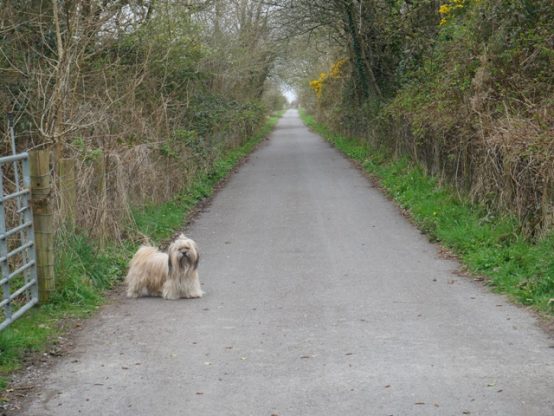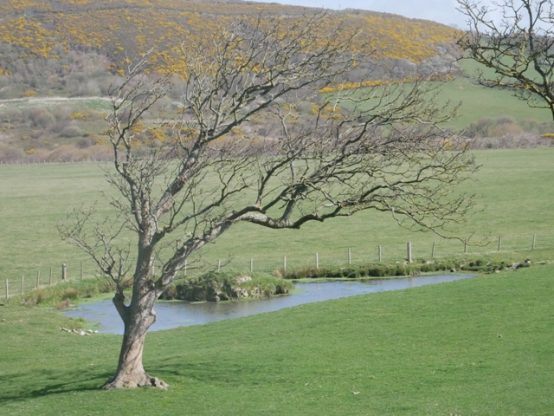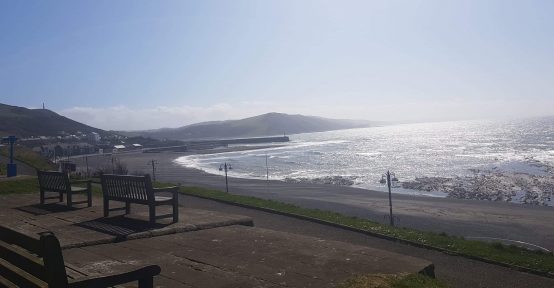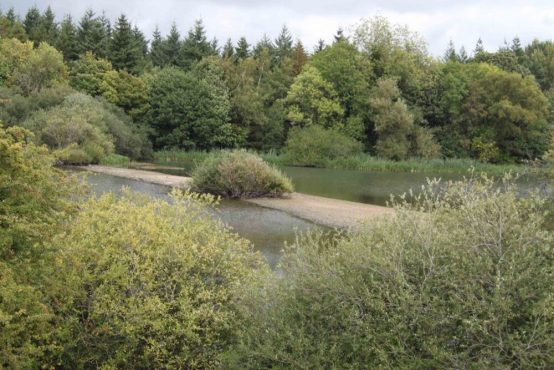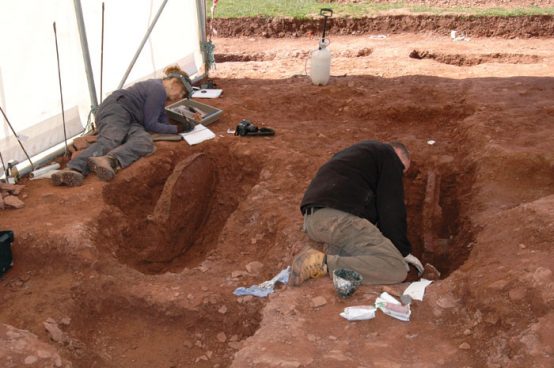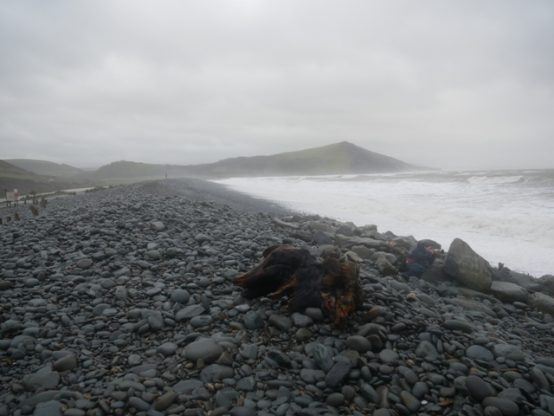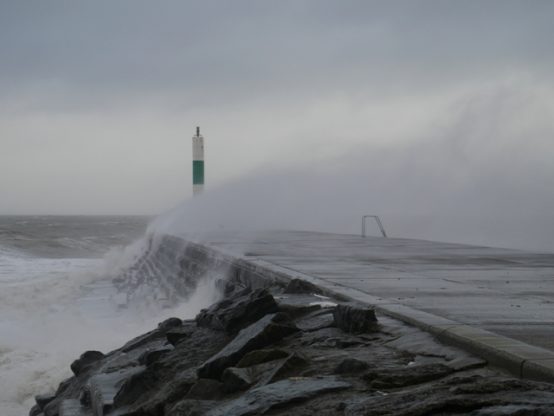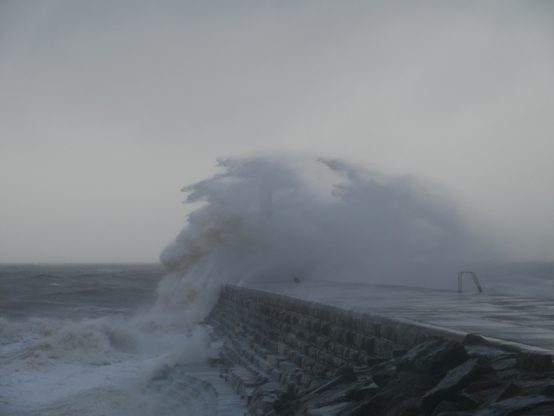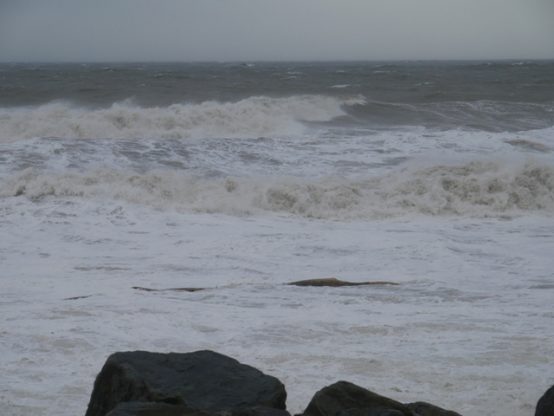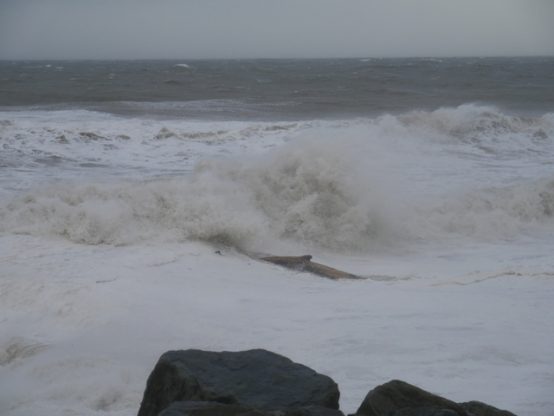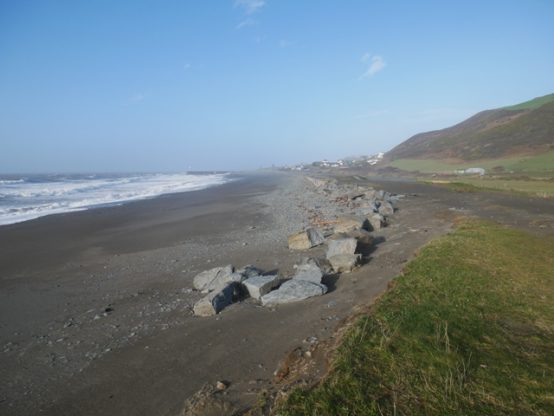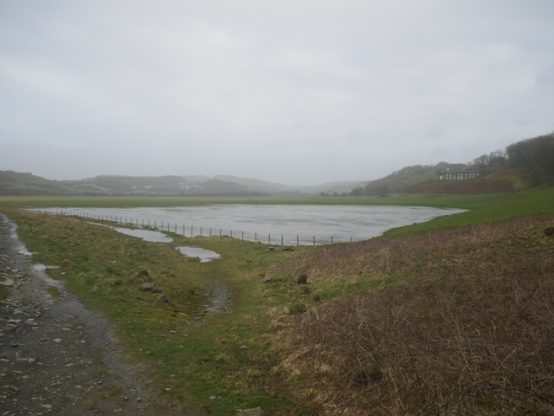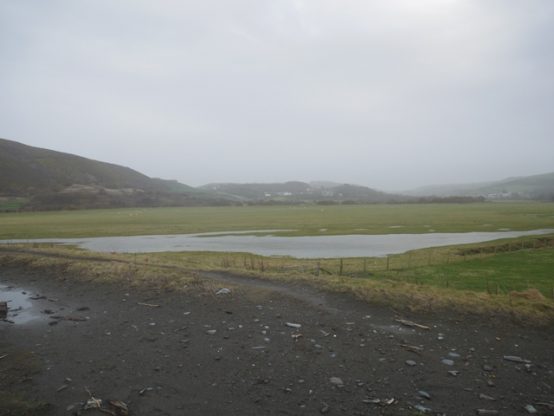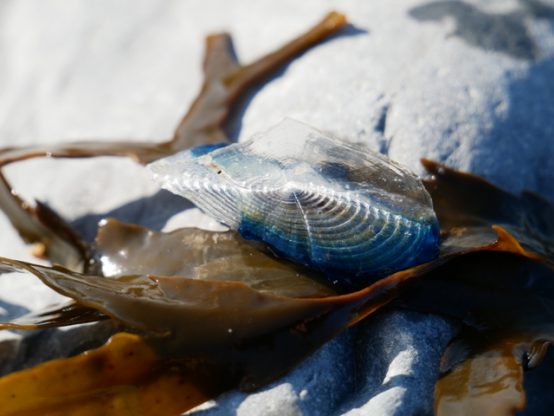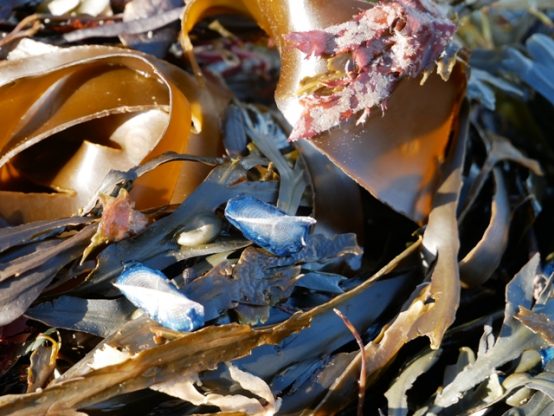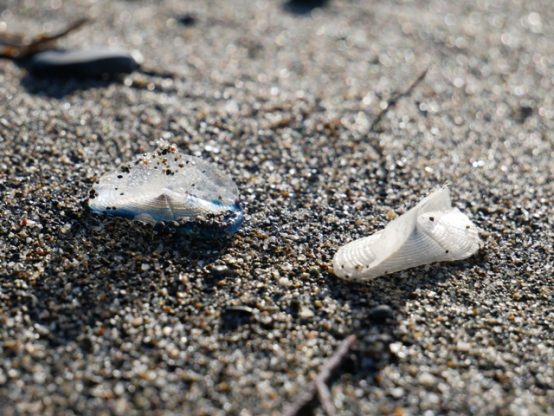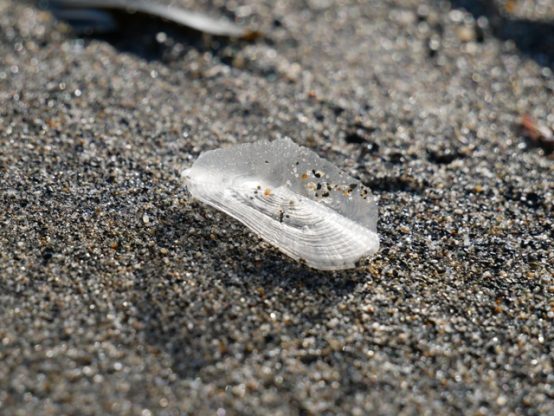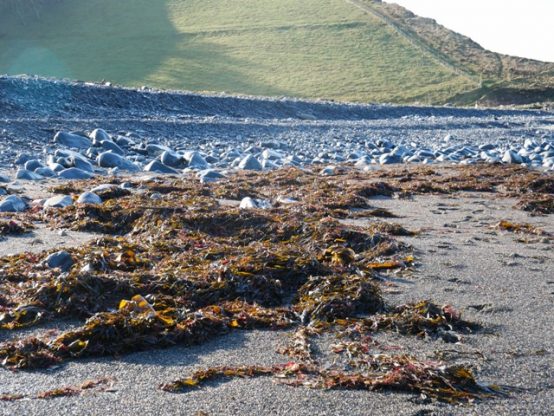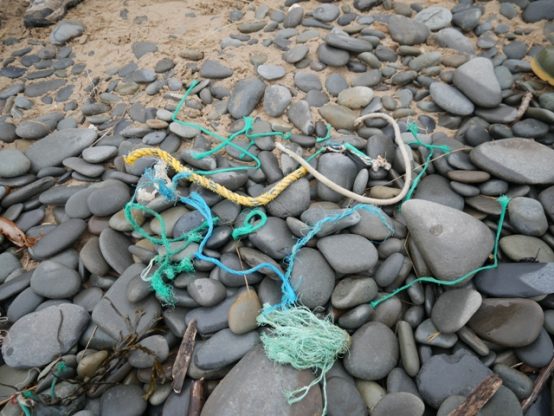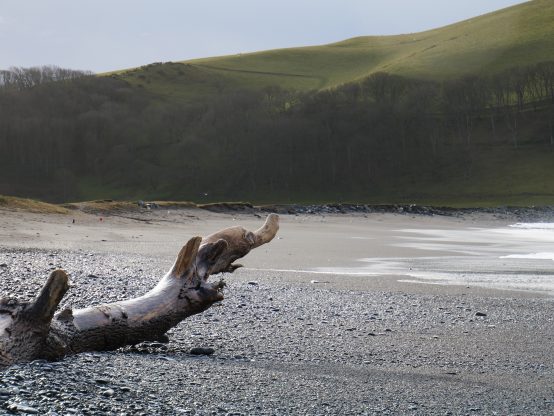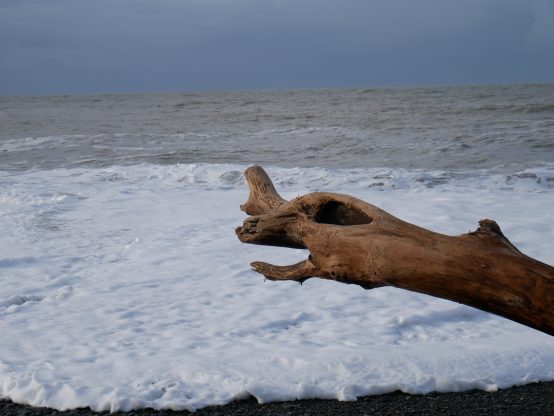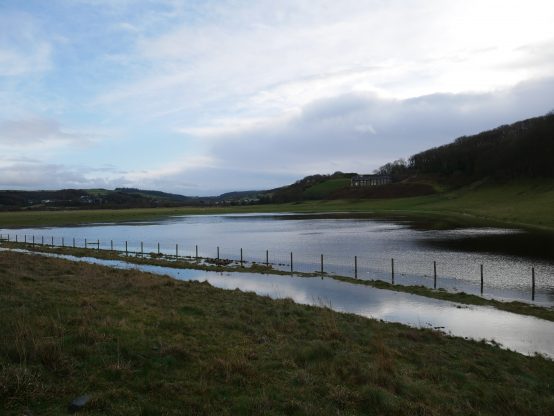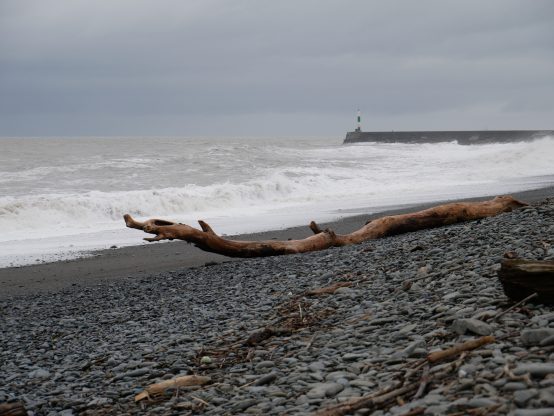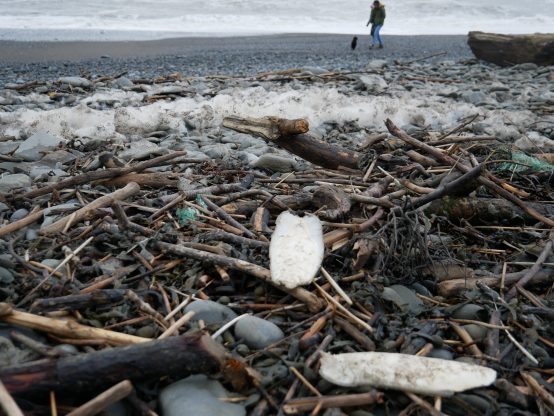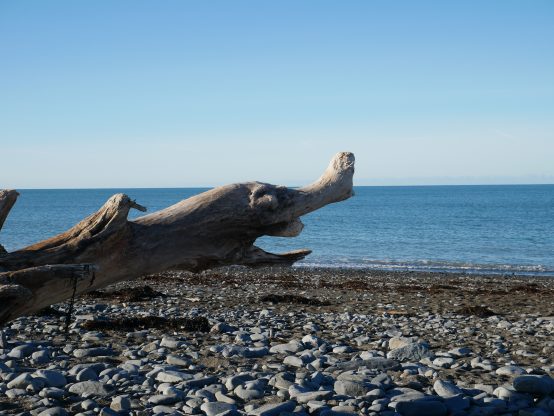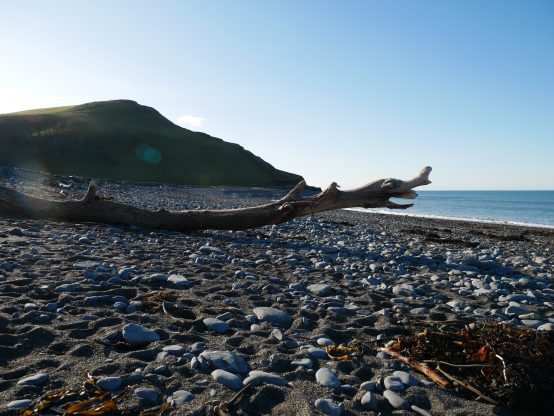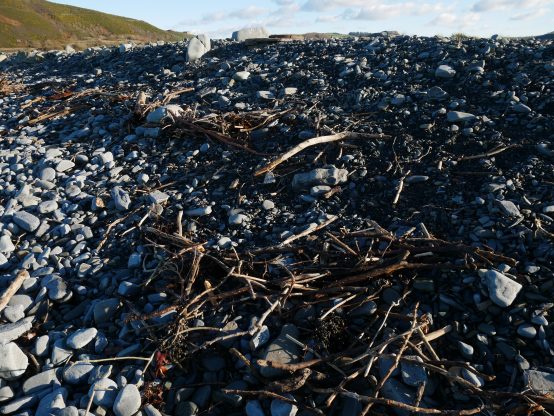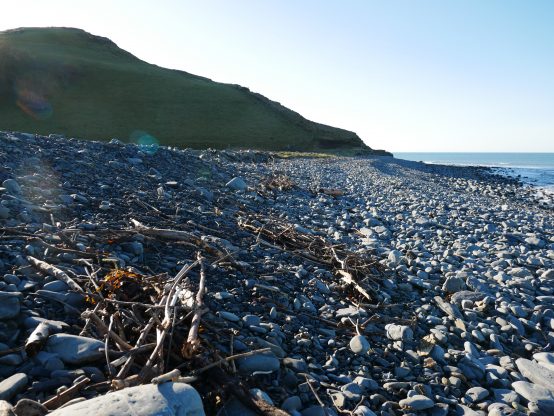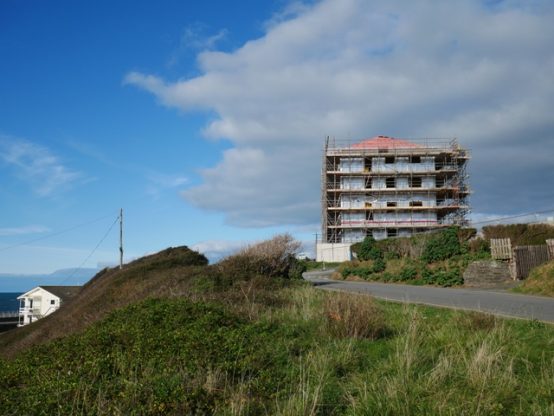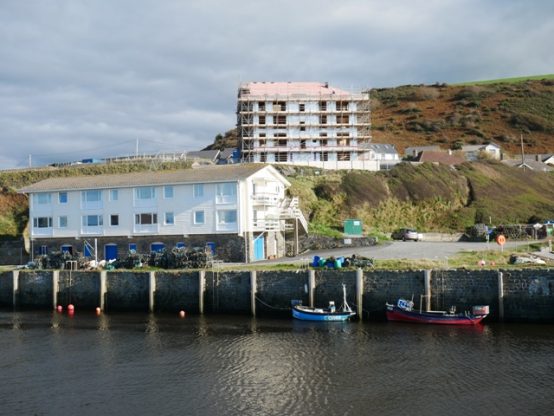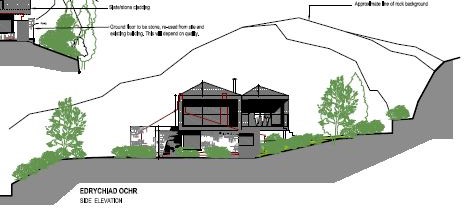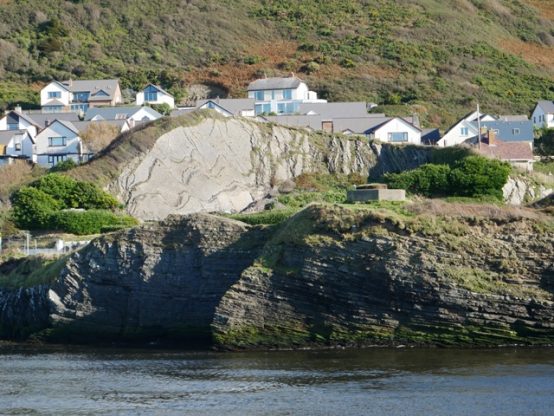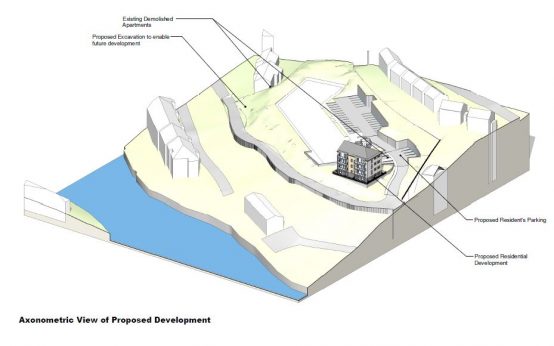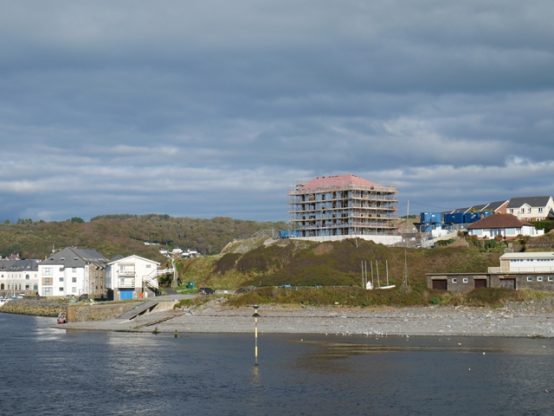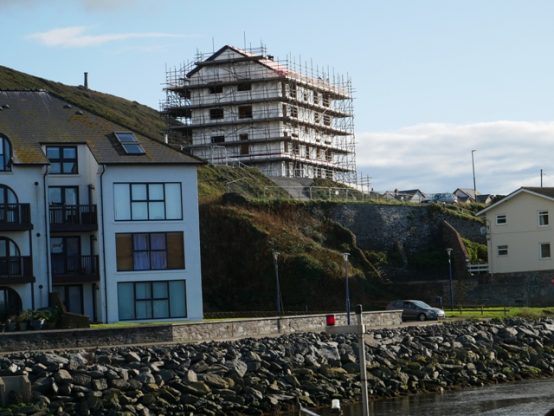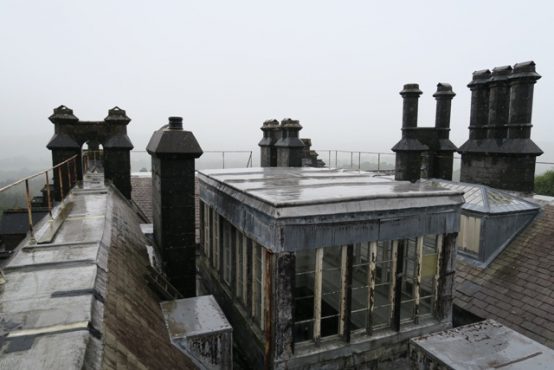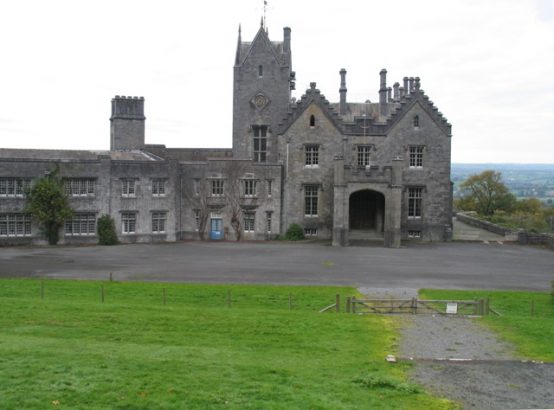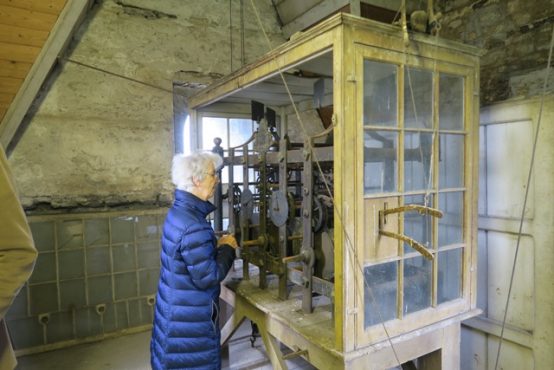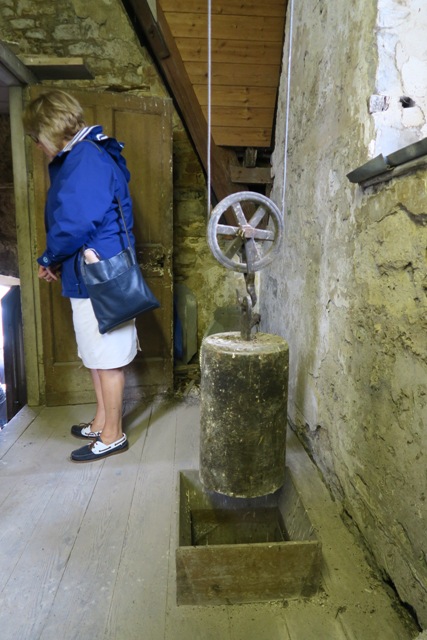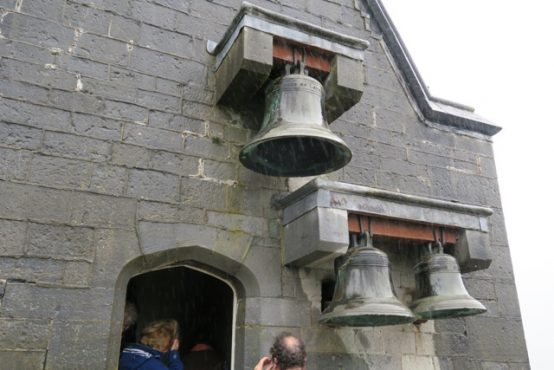by The Curious Scribbler
The last time I walked the footpath along the flank of Pendinas, from the north end of the cycle path at Tanybwlch towards Penparcau I got a nasty surprise. Some jobsworth had used a cable tie to immobilize the latch on the gate at the top of Parc Dinas. It was a hazardous manoeuvre to climb out over the gate with 11 kilograms of dog in my arms, and if I had fallen I would have doubtless put avoidable pressure on our NHS. So I wondered what benefit, exactly, the closure of the footpath could have in the fight against coronovirus? Amendment! see my next blog.
I also wondered about the concrete block which now prevents vehicles from parking at Tanybwlch beach.
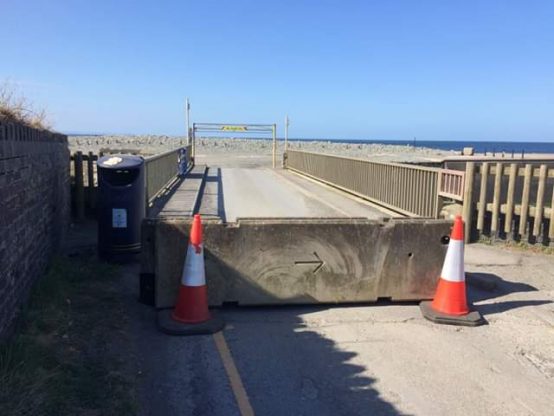
Concrete barrier at Tanybwlch beach
This is a large open areas where locals have always walked their dogs. There is ample space for social distancing. Indeed even without walking or sitting on the beach itself, ( both of which activities appear to be seriously frowned upon by the police) the stony bar above Tanybwlch beach is an ideal area for taking exercise. There are no seats to tempt successive sitters to risk contact with a virus particle left behind. There are no gates needing to be opened with by a potentially infected hand. I am reluctantly forced to conclude there is another aspect to the rules of lockdown. We should not be allowed to enjoy ourselves.
The Coronovirus Briefing on TV has just been followed by a Welsh Government Information Film. No Gatherings! No Beauty Spots! No Picnics! it thundered, these words obliterated with a big red cross like the no No Dog Shit signs of old. So that is the problem. Pendinas is beautiful. So they locked the gate.
How long will this situation persist? Obviously this is a question on the nation’s mind, and we have all accepted we are in the second three-week tranche of repression. But I was even more appalled to read in the papers today that Messrs Raab, Hancock, Gove and Sunak think it would be a good plan to relax lockdown for many but to visit these restrictions on the over 70s for a year or more! .. until a vaccine has been developed.
I recently joined this august age-cohort. We may be at somewhat greater risk of serious illness ( though now the preferred tag line “Anyone can get it” has replaced public acknowledgement of this fact!). But if infected, the greater likelihood is that, like the Prince of Wales, we may become unwell and get better in an unspectacular way.
Am I to be shut away for a year or more in order to avoid embarrassing the NHS by getting coronovirus? We septuagenarians need to rebel. Before I am roundly reproved for my selfishness, let me say I will be more than happy to commit to refusing to be put on a ventilator if I become seriously ill. I would either recover, or die more promptly, thus saving the NHS some money.
I think I speak for many when I say that what matters to me is not how many more years I have on the planet, but how many more healthy enjoyable years I get. And I will continue to climb over locked gates in order to enjoy myself, while social distancing, even in the shadow of the pandemic!


